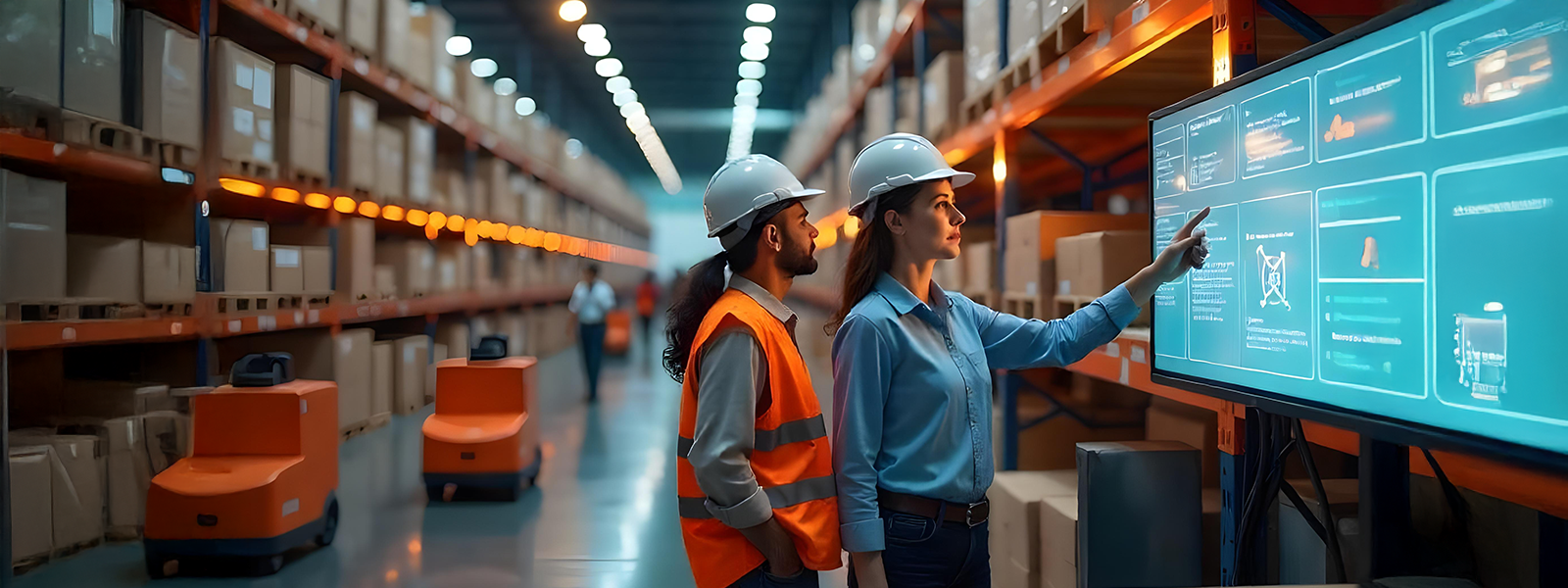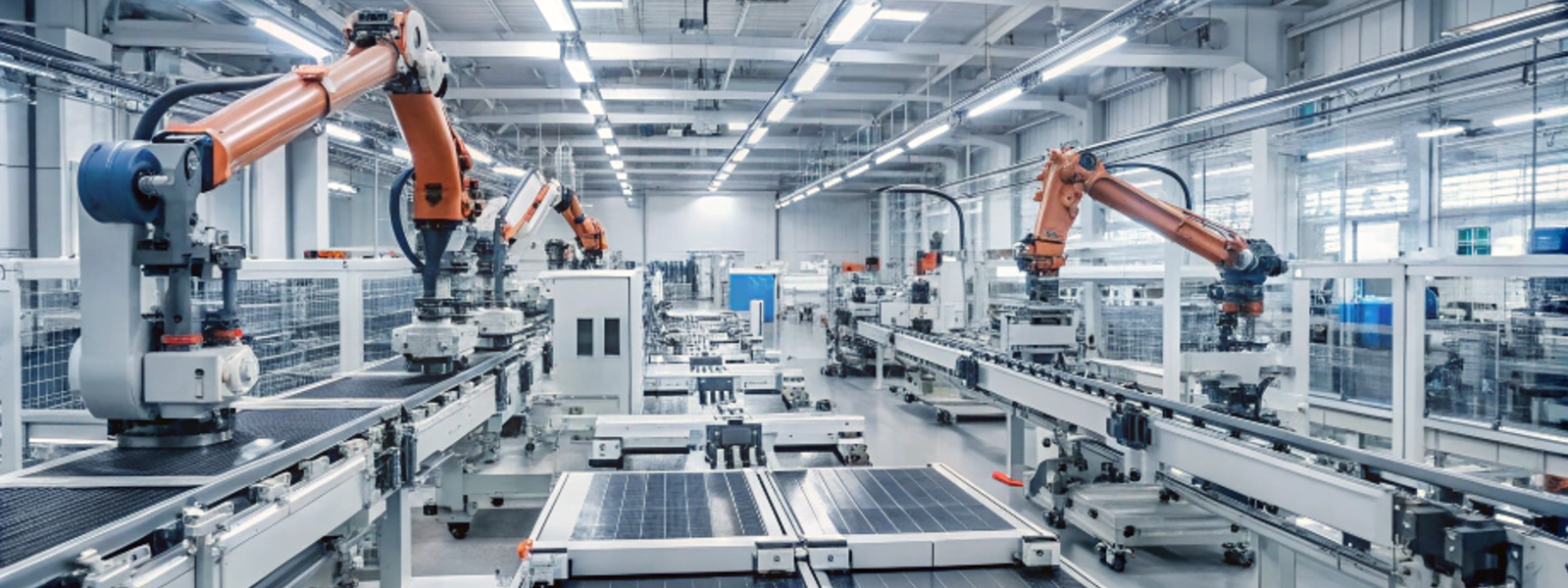Quality Control 4.0 integrates AI-powered systems to automate defect detection, enhancing manufacturing quality and operational efficiency. AI improves accuracy and reduces costs, driving the future of advanced quality control across industries.
In manufacturing, ensuring high-quality products is more critical than ever. Quality Control 4.0, a transformative approach that leverages cutting-edge technologies like AI-powered quality control to enhance defect detection and overall manufacturing quality. By combining AI technologies with traditional processes, manufacturers can significantly improve accuracy and efficiency.
Automating defect detection with AI plays a crucial role in addressing challenges that conventional systems and human inspections often face. AI systems can spot defects that might go unnoticed, boosting manufacturing quality while minimizing costly recalls and rework.
Current Challenges in Quality Control
Traditional quality control methods often struggle with human error, inconsistent manual inspections, and the inability to detect complex or microscopic defects. These limitations can negatively affect manufacturing quality, resulting in financial losses due to recalls, waste, and inefficiencies.
According to industry reports, manufacturing defects cost companies billions annually. This makes the need for advanced quality control solutions, such as AI, increasingly important for staying competitive in the modern manufacturing industry.
How AI is Automating Defect Detection
AI-powered quality control is revolutionizing the manufacturing sector. Using machine learning and computer vision, AI systems can automatically detect defects with greater speed and precision than human inspectors or traditional systems. These technologies enhance defect detection in Quality Control 4.0 by identifying patterns and abnormalities in real-time.
For example, machine learning algorithms can be trained on large datasets, allowing the system to continuously improve and become more accurate at identifying defects. This has been especially beneficial in industries like automotive and electronics manufacturing, where improving manufacturing quality with AI has led to significant cost reductions and better product quality.
Real World Examples
- Case Study 1: Automotive Supplier
Company: An automotive parts supplier.
Challenge: High defect rates and inefficiencies in manual inspection processes.
Solution: Implemented an AI-driven defect detection system using computer vision and machine learning algorithms.
Results:
- Productivity Boost: Achieved a 21% increase in productivity.
- Reduction in Scrap Rates: Reduced scrap rates by 25%.
- Accuracy: Improved defect detection accuracy, leading to fewer product recalls.
- Case Study 2: Electronics Manufacturer
Company: A global electronics manufacturer.
Challenge: Manual inspection was time-consuming and prone to human error, leading to missed defects and increased costs.
Solution: Deployed an AI-enabled defect detection solution using deep learning models and computer vision.
Results:
- Cost Savings: Saved over $2 million annually by reducing labor costs and improving inspection efficiency.
- Error Reduction: Reduced the number of missed defects by 30%.
- Cycle Time: Decreased inspection cycle time by 40%, speeding up the production process.
- Case Study 3: Aerospace Industry
Company: An aerospace component manufacturer.
Challenge: Identifying faulty components during various stages of manufacturing was challenging and critical for safety.
Solution: Implemented a real-time deep learning-based defect detection framework using convolutional neural networks (CNNs).
Results:
- Real-Time Detection: Enabled real-time detection and classification of defects.
- Operational Efficiency: Improved overall operational efficiency by 18%.
- Safety: Enhanced safety by ensuring only defect-free components were used in final assemblies.
- Case Study 4: Semiconductor Manufacturer
Company: A leading semiconductor manufacturer.
Challenge: High defect rates in semiconductor wafers due to microscopic imperfections.
Solution: Utilized AI-powered defect detection systems with advanced image processing and machine learning techniques.
Results:
- Defect Detection: Achieved a 95% accuracy rate in detecting microscopic defects.
- Yield Improvement: Improved yield rates by 15%, resulting in significant cost savings.
- Quality Control: Enhanced overall quality control processes, reducing the number of defective products reaching customers.
Benefits of AI in Advanced Quality Control
The shift to AI-powered quality control brings multiple advantages:
- Enhanced Accuracy: AI systems can detect subtle defects invisible to human inspectors, significantly improving the quality of the final product.
- Cost Reduction: By catching defects earlier in the production process, manufacturers can reduce waste, lower rework costs, and prevent expensive recalls.
- Efficiency Boost: Automating defect detection with AI enables faster inspections and ensures that production lines operate more smoothly.
In fact, studies show that AI-driven quality control can reduce false rejections by up to 30%, helping manufacturers increase output without compromising on quality.
Technological Advancements in Quality Control 4.0
The move towards Quality Control 4.0 is driven by rapid advancements in AI and related technologies. AI-powered quality control solutions incorporate deep learning, neural networks, and computer vision to process large volumes of data, ensuring more accurate and faster detection of defects.
Moreover, IoT-enabled devices are increasingly being integrated into manufacturing environments, allowing AI systems to collect and analyze data from multiple sensors on production lines. This combination of AI and IoT is shaping the future of advanced quality control by enabling real-time monitoring and quick identification of defects.
Steps to Implement AI for Defect Detection
To implement AI-powered quality control effectively, manufacturers can follow these steps:
- Evaluate Current Systems: Assess existing quality control methods to identify areas where AI can bring improvement.
- Select the Right AI Tools: Choose AI technologies that fit your manufacturing environment and quality control requirements.
- Integrate AI into Existing Processes: Ensure smooth integration with your current infrastructure and optimize workflows.
- Train Employees: Educate staff on how to use AI tools effectively.
- Continuous Monitoring and Optimization: Regularly track the system’s performance to maximize manufacturing quality improvements.
Ensuring Excellence in Every Product
Quality Control 4.0 represents a new era in manufacturing, where automating defect detection with AI is essential for maintaining high manufacturing quality and staying competitive. By adopting AI-powered quality control, manufacturers can not only improve accuracy and reduce costs but also enhance efficiency across the board. As technology advances, Quality Control 4.0 in Industry will continue to evolve, offering manufacturers innovative solutions to ensure their products meet the highest standards.





